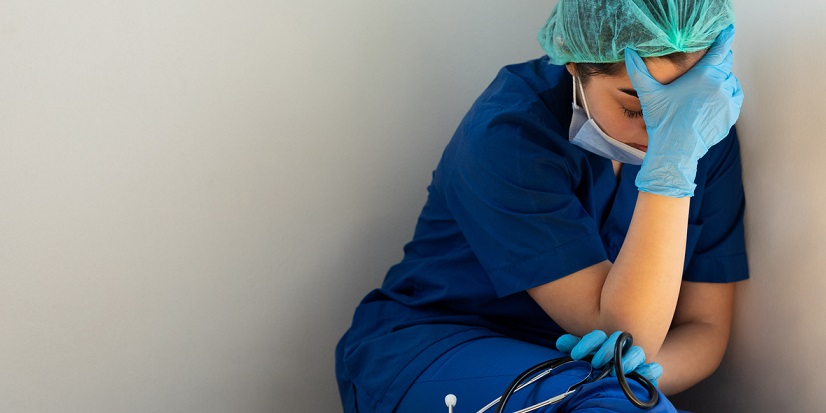5 Ways this COVID Surge is Different
- Category: Coronavirus
- Posted On:
- Written By: Baton Rouge General

1. Vaccines are available. By May 1, every state had opened up the vaccine to those 16 and older. With healthcare workers getting the first opportunity at vaccination in December and those over 70 beginning in January, the vaccine roll-out started slow but ramped up quickly. Still, just 39% of Louisianans are fully vaccinated as of August 18.
2. The delta variant is spreading way faster. Researchers have found that the delta variant contains 1,000 times more viral material than the original novel coronavirus, which means it can replicate much faster and infect more people at a faster rate. As the delta variant was starting to grab hold in Louisiana, most COVID mitigation measures – masking, social distancing – felt like a thing of the past. The statewide mask mandate was reinstated on August 4, but doctors anticipate it taking a couple weeks to see any flattening in hospitalizations.
3. Burnout and staffing shortages are amplified. Nurses have retired or moved into other, less stressful nursing jobs over the past year. In hard-hit areas like Louisiana, the fourth surge is proving to be the worst yet, with nurse to patient ratios affected and staff feeling the strain, including PTSD and exhaustion.
4. Patient demographics have shifted. Doctors are seeing younger patients than in previous waves, many of them requiring critical care in the ICU. In Louisiana, people 60 and older have been vaccinated in larger numbers (about 43%) than younger groups. For ages 30-49, the number is just 25%. Now, hospitals are seeing the effects of that gap.
5. Ripple effect on non-COVID health care delivery. People still need cancer surgeries, heart procedures, hernia repairs and knee replacements. Patients are still having strokes and heart attacks, and getting in car accidents. Each hospital bed with a COVID patient in it, especially in the ICU, is one less bed for a patient requiring heart surgery.
